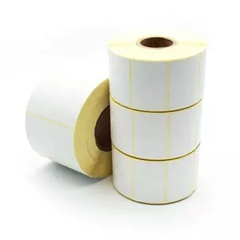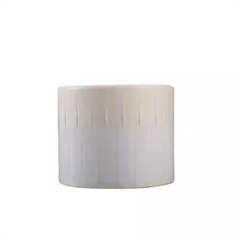1. Process selection:
(1) Printing: Flexo printing/relief printing/offset printing/screen printing/gravure printing/digital printing, etc.
(2) Processing: hob die cutting / lithographic die cutting / varnishing / bronzing / cold bronzing
One: Appearance requirements:
(1) The colors are transparent/white/silver/metallized, etc.
(2) The material surface options are smooth, texture, grain, etc.
2. The performance of the label material:
(1) Film-based labels are usually used in environments that need to be exposed to water and high temperature; unused materials have different levels of flexibility.
(2) Labels made of paper have poor moisture resistance and are usually suitable for dry operation environments; they have poor deformability.
(3) The last process can protect the ink to a certain extent, improve scratch resistance and moisture resistance.
(4) The laminating process can protect the ink, improve scratch resistance and chemical corrosion resistance.
3. Labeling base material (shape and texture of the object to be affixed)
(1) The shape of the object to be affixed is an important consideration, and it needs to match the size of the label and the hardness of the material
(2) The large arc surface needs to be matched with a soft label surface material and a strong adhesive.
(3) The surface texture of the object to be affixed will affect the label bonding effect, and it is usually necessary to choose a soft surface material and match it with a high-viscosity adhesive.
4. The material of the sticker:
(1) The material of the sticker is very important because it is often an important factor affecting the final bond strength of the label.
(2) Labeling on the affixed object (such as PE or PP) with relatively free surface energy, the initial viscosity of the label material is often more important. The development of the viscosity requires a relatively long period.
(3) Is there a large amount of plasticizer inside or on the surface? This factor is also very important for the choice of labels.








